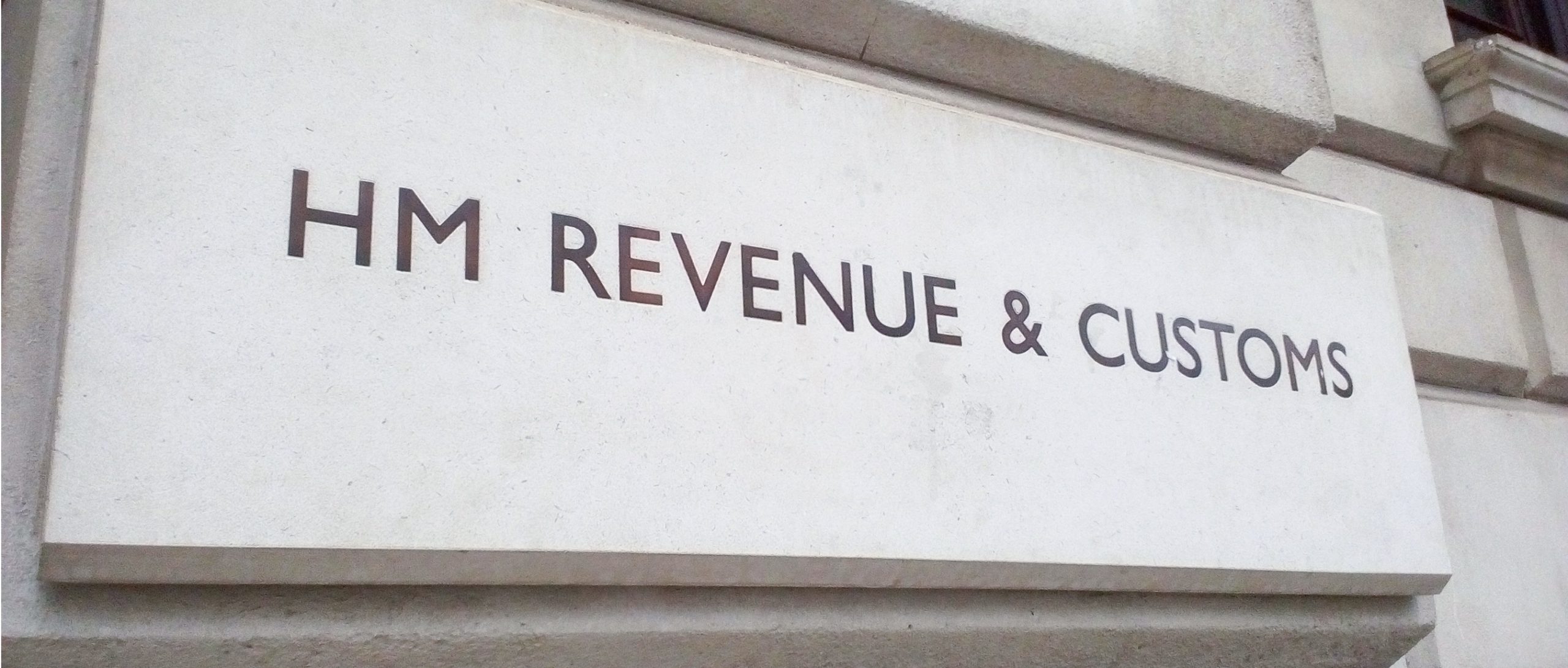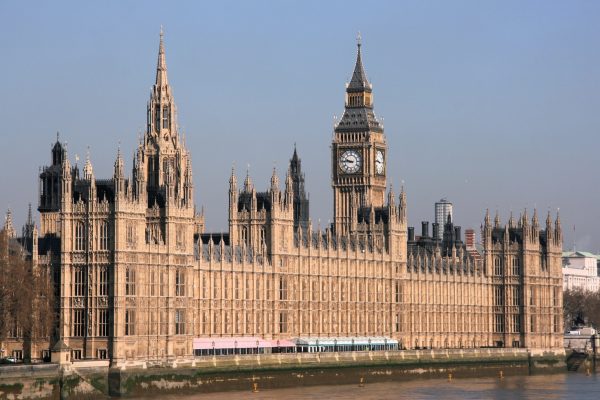It probably has not escaped a car dealer that the extended furlough scheme will now last till the end of March 2021.
The level of support will be as it was in August 2020, with the employers having to meet the pension and NI contributions, the furlough grant will pay 80% of normal wages for the hours on furlough, capped at £2,500 per month. The level of support will be reviewed in January 2021.
The cap of £2,500 is proportional to the hours not worked. If the employee worked some hours in the furlough period, then the cap will be reduced pro rata.
The extended scheme is projected to start accepting claims on 11 November 2020. The full guidance with calculation examples is still being prepared and should be published very shortly, but in the meanwhile HMRC has clarified some details.
It has been confirmed again that neither the employer nor the employee had to claim under the previous furlough to qualify. The extended furlough will be flexible and the employee can work any shift pattern or any number of reduced hours. The shift pattern and the number of hours worked will have to be reflected in the furlough agreement, a copy of which should be kept for 5 years and the record of worked hours should be retained for 6 years.
The employers can enter into furlough agreements retrospectively, from 1 November 2020 but no later than 13 November. The templates Lawgistics prepared will be handy:
Furlough Agreement Template (Word)
Furlough Agreement Template (PDF)
The minimum period for furlough claim is 7 consecutive date. Claims in relation to a given month will have to be made no later than on the 14th day of the following month.
A qualifying employee must be on the PAYE payroll on 30 October 2020 and an RTI submission for this employee must have been made at some point between 20 March and 30 October 2020.
If an employee was on the payroll on 23 September 2020, an RTI submission was made for this employee at some point between 20 March and 23 September 2020, and then this employee stopped working or was made redundant, eligibility will be retained. The employer may decide to redeploy this employee and make a claim under the extended furlough scheme.
Calculation of reference pay and normal hours of work will be slightly different. For employees on the payroll on or before 19 March 2020 and who would qualify for furlough, regardless if furlough was actually claimed, the rules will remain as they were in force in August 2020. For the employers newly entering the scheme, and for the employees who started their job between 20 March and 30 October 2020, the calculations will be as follows:
- For fixed pay employees, the reference hours and pay will be based on the last pay period on or before 30 October 2020
- For varied pay employees, the reference will be to the average between the start of their extended furlough and the later of 6 April 2020 or the start of their employment
As before, employers can claim in advance, shortly before running their payroll, or retrospectively.
Finally, the job retention bonus has been postponed as the extended furlough is now seen as serving the purpose of preventing job losses.

We cover roles within all departments and sectors of the Automotive industry, and are here to listen to your specific needs and find the most suitable candidates to fit your business.








